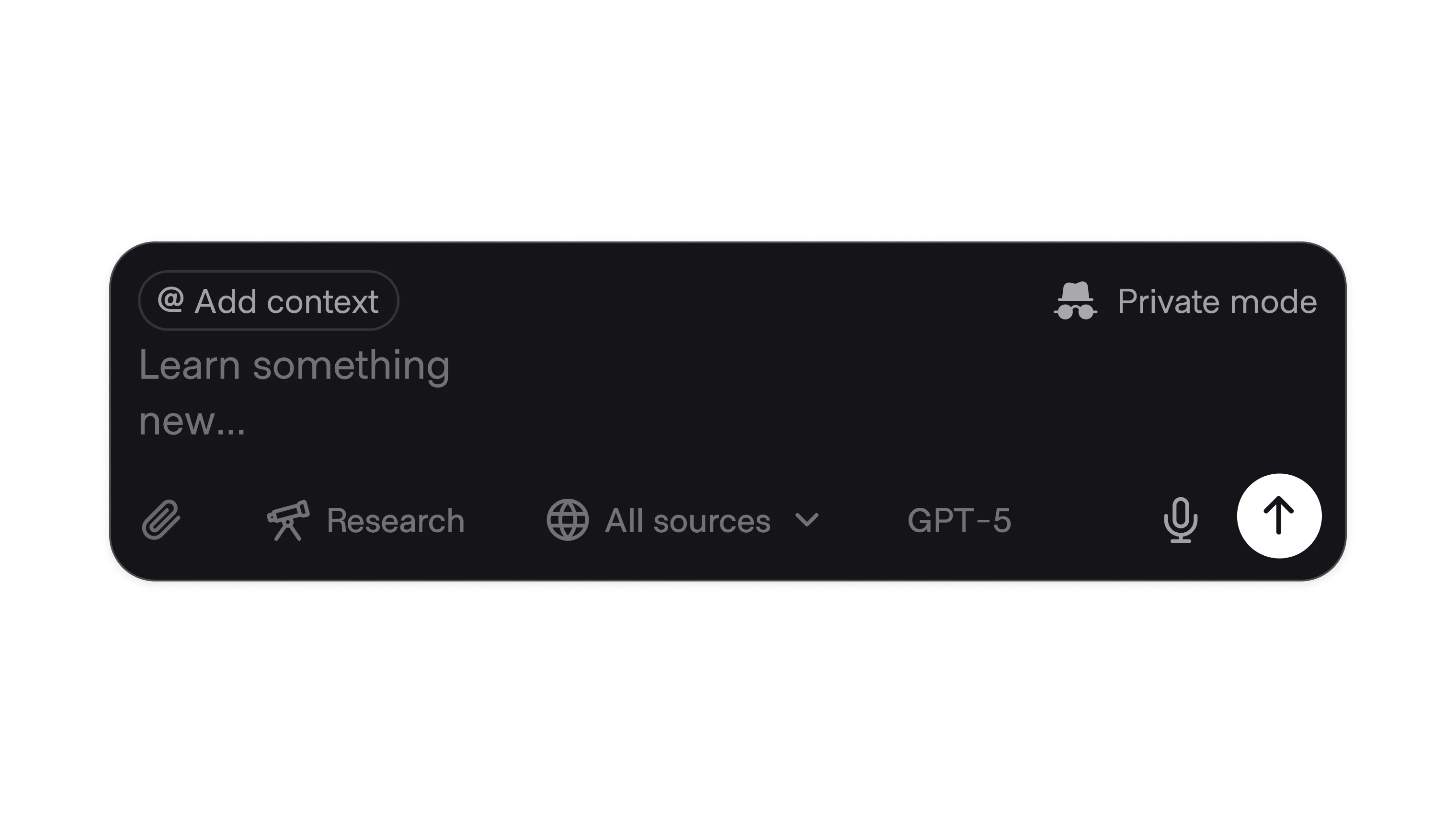There are many reasons why someone might want to interact with AI without it accessing or changing its memory of them.
Users may want to avoid biasing responses with personal preferences, let someone else try the tool on their device, keep their memory clean from irrelevant searches, or simply run quick queries without cluttering their sidebar.
Incognito mode has benefits for corporate users as well. Private sessions keep proprietary information out of stored histories, create a clear separation between personal exploration and organizational records, and reduce unintended data retention, accidental sharing, and model drift from one-off experiments.
Common uses
ChatGPT was the first tool to integrate private mode. Today, it is available with many models and products. Users can access this mode directly through a toggle, or indirectly through other settings such as Google’s choice to exclude AI summaries and features in incognito sessions from the Chrome browser.
- Exploration and prompt testing without altering recommendations.
- Sensitive drafting before moving content into a governed space.
- Vendor trials where data residency and training exclusions are required.
Variations
- Local-private: Everything is device-local until the user explicitly exports or saves. No cloud storage, no sync, and no server-side logs beyond minimal operations.
Apple's Siri follows this approach, keeping transcripts local unless explicitly shared. - Ephemeral session: Prompts and outputs live on the server but are automatically deleted after a short retention period (e.g., 24 hours). This is common in AI chat tools where the system still needs to serve the session but promises scrubbing.
Examples include ChatGPT temporary chats, which run on OpenAI's servers but exclude data from training and disappear after the session ends. - Scoped-private: The session is private by default, but the user can deliberately publish outputs into memory, team workspaces, or shared repositories. This hybrid model supports exploration without blocking collaboration.
Exemplified by Notion's AI drafts, which start as private but can be published into a shared workspace if the user chooses. - Incognito-by-context: AI features are suppressed when the user is already in a private browsing session (e.g., Google excluding AI summaries in Chrome’s incognito). This ties incognito to existing privacy contexts rather than creating a separate toggle.
This is the approach Google takes when disabling AI summaries and side features when Chrome is in incognito mode. - Enterprise-governed: A private mode with admin controls, where organizations define retention rules, export allowances, and audit hooks to balance employee privacy with compliance obligations.
Enterprise SaaS like Microsoft Copilot in enterprise accounts allows IT admins to enforce retention, audio, and export policies for “private” Copilot sessions.




